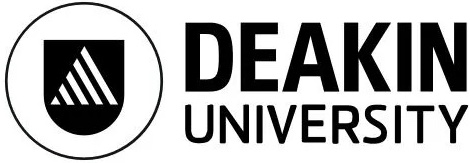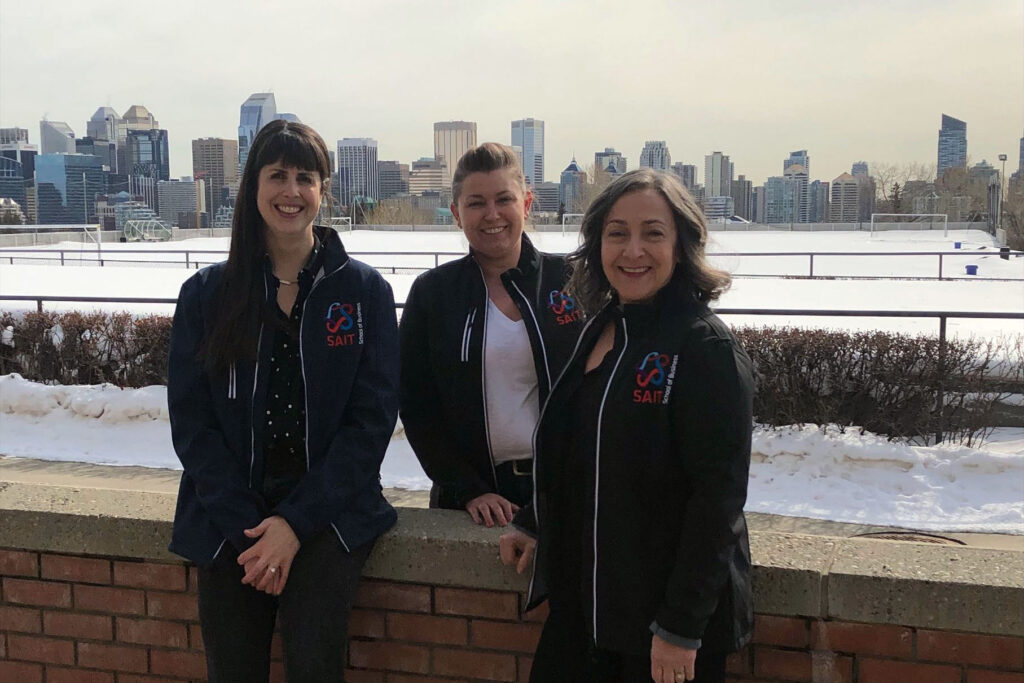Challenge
Access to quality skill practice and formative assessment
Deakin University is ranked in the top 1% of universities worldwide. It is a leading school when it comes to blending digital capabilities and has boasted the highest overall student satisfaction rate for nine consecutive years. With a student-focused culture and a reputation for being accessible, Deakin is continuously providing a learning environment in which students’ ideas and creativity are valued.
Meaghan Danby, lecturer and unit chair, leads an undergraduate psychology unit where students develop important skills for interviewing clients. Completing and evaluating interviews is a major portion of students’ assessments. Students traditionally practiced interviewing in class, with a tutor providing formative feedback; however, the quality of the feedback varied greatly across tutors, as did the time a tutor could spend with each student. Not only did students find it challenging to have limited time with their tutor, the tutors experienced guilt, anxiety and stress as they tried to best serve large classes.
The varying quality of formative feedback for students has been an area in need of improvement for many years. A growing number of students are opting to study online, which poses the challenge of providing high-quality and equitable formative feedback to online students. The COVID-19 pandemic intensified this issue, and the shifts in student demographics meant that many learners could often not attend live classes and instead preferred to view video recordings of classes.
“The challenge was to find new ways to provide learners with formative feedback on their interviewing skills and mimic the experiences students were traditionally receiving in class,” explains Danby.

Solution
Bring an interview simulation to life
Danby created an online simulation of a real-life interview in D2L Brightspace, allowing students to demonstrate their interviewing skills and receive formative feedback at any time of day. Whether students are studying online or part time or simply unable to attend class, all have access to the simulation, creating equity for learners in the unit.
Students are presented with a virtual interviewee along with questions they can choose to ask as the interviewer. Once a question is selected, a response to the question appears as text and a visual image demonstrating the simulated interviewee’s reaction to the question is seen. The student is also given written formative feedback based on their question choice.
Using the open-source program Twine, I was able to map out the relationship among each question, response and piece of feedback. From Twine, I integrated the JavaScript on Brightspace, and going forward, I can make updates to the simulation directly in Brightspace. As someone unfamiliar with coding languages, this process was incredibly simple and intuitive.
Meaghan Danby, lecturer and unit chair
“Using the open-source program Twine, I was able to map out the relationship among each question, response and piece of feedback. From Twine, I integrated the JavaScript on Brightspace, and going forward, I can make updates to the simulation directly in Brightspace. As someone unfamiliar with coding languages, this process was incredibly simple and intuitive,” shares Danby.
Different questions are presented for the students to select the one they wish to ask next and the interview continues. Learners continually see visual imagery as well as text responses to provide insight into their next interview question.
“Brightspace has allowed me to innovate and be creative in my teaching practice with functional, easy-to-use technology. It allows the provision of equitable learning resources for complex cohorts. Brightspace integrated seamlessly with open-source programs, which is important for innovators and creators to design new education tools,” Danby explains. “This technology could be easily used for a range of disciplines and purposes, including creating case study simulations where learners need to make critical case decisions and see the outcomes of those decisions, choose-your-own-adventure-style storyboards, and exposing learners to real-world experiences safely and ethically via a simulation.”
Formative feedback was integrated within the simulation and standardized across all learners. Learners can be confident they are receiving accurate, equitable and high-quality feedback through the simulation, and the pressure on tutors to standardize and provide feedback during class time is removed. This has had the secondary benefit of freeing up time for tutors to offer different in-class supports.
Students have had a positive experience with the interview simulation. “I like that it was hosted in Brightspace, as it gave me a sense that it was more credible and that I will be able to always find it, unlike some external online links that do not exist anymore or [that I] have trouble accessing,” shares one student.

Result
Interaction success
Since the simulation was introduced, the proportion of students accessing D2L resources to support their interviewing skills development has risen by more than 40%. The simulation has positively impacted students’ success in the unit, significantly increasing average marks from a Credit to a Distinction value.
Students found the interview simulation easy to use and could confidently access the resource without leaving Brightspace or encountering any technological hiccups. “It was easily accessible, which was helpful and convenient. If the interview was hosted on an external website (rather than D2L), I probably would have not returned to it so often,” shares another student.
The simulation has built learners’ engagement by gamifying learning, and students are able to play around with an interview and see what happens. This approach creates a fun and inviting way for students to build real-world skills in a simulated workplace.
In addition to the benefits delivered to learners, the simulation has had positive impacts on tutoring staff. The unit employs approximately six tutors each trimester, who now collectively save approximately 24 hours every trimester that they previously spent preparing and delivering feedback. Staff further appreciate the reduced stress and time burdens the simulation has provided them and that it has freed up more class time for other topics.
“It was helpful to have an opportunity to practice and learn from my mistakes. This helped me memorize interview techniques better. It was fun, which made me enjoy using it and return to use it on different occasions,” shares a third student.

